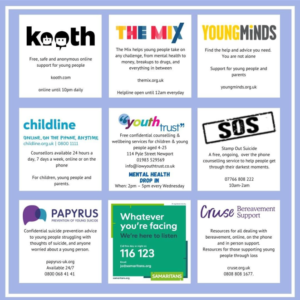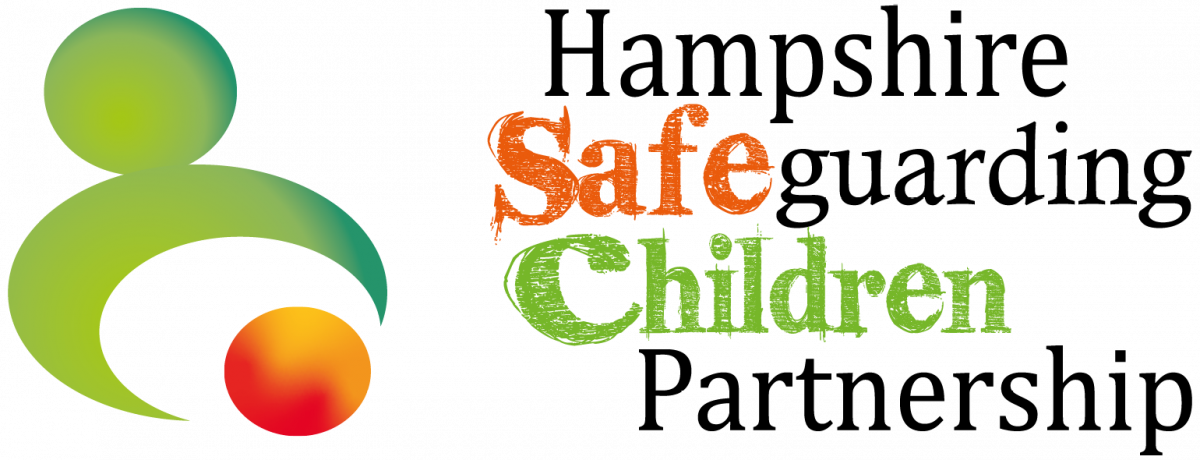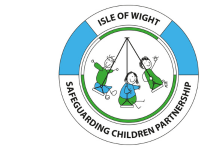Self-harm
What is self-harm?
We appreciate that this is a difficult topic, but it’s an important one, and something that you have asked for as parents and carers.
The information in this guide will help you understand more about self-harm and what to do if you are worried about your child or someone you know who is self-harming. It should hopefully help explain:
- What self-harm is.
- How your adolescent child can help themselves and how you can help support them.
- Where to go for further help.
Usually, self-harm is a behaviour where someone harms themselves as a way of coping with difficult thoughts and feelings. The more common methods used are cutting, burning and non-lethal overdoses. However, there are several other forms adolescent children use, for instance, hitting, headbanging, suffocation, hanging, scratching, pinching and restricting their eating.
Some young people who self-harm also experience suicidal thoughts and urges, but this isn’t always the case. As stated above, many young people self-harm as a way of managing difficult thoughts, feelings, and emotions – not to end their life. However, self-harm can result in accidental death.
What can make an adolescent child vulnerable to self-harm?
It is worth highlighting at this point that mental health does not discriminate. We are all prone to experiencing poor mental health, so there is no hard and fast rule what makes a child more vulnerable compared to another. But research and clinical experience has suggested some common factors which include, but are not limited to:
- Individual factors: Depression, anxiety, low self-esteem, hopelessness, poor problem-solving, impulsivity, eating disorders, drug or alcohol abuse, bullying (for example, because of race or sexuality).
- Family factors: Mental health difficulties in the family, poor parental relationships, drug/alcohol misuse in the family, unreasonable expectations, conflict between the young person and parents, excessive punishments or restrictions, family history of self-harm, abuse, neglect.
- Social factors: Difficulties in peer relationships, bullying, peer rejection, availability of methods of self-harm, friends who self-harm, media and internet influences.
How does self-harm help manage difficult thoughts, feelings and emotions?
Self-harm can serve several different purposes. These are some of them:
- Identifying with a peer group.
- A form of escape.
- Provides a feeling of physical pain to distract from the emotional pain felt.
- Manage extreme or overwhelming feelings.
- Reduce tension.
- Communicate their distress to others.
Alternatives to self-harm
It is recommended that adolescent children use distractions and alternative techniques to help reduce their urge to self-harm. Some examples are:
Distractions:
- Go for a walk.
- Contact a friend.
- Watch a favourite TV programme or film.
- Listen to soothing music.
- Spend time with a pet.
- Have a relaxing bath.
- Have a cold shower.
- Talk or text their parent/carer.
Releasing emotions:
- Flick an elastic band on their wrist.
- Use a red pen and draw on their arms.
- Do some sports or something that exerts energy.
Top tips for parents and carers
Talking about self-harm with your child can feel like a very scary and emotive subject. It is totally normal to feel this way. Some general tips to help you broach the subject with your child include:
- Having a general conversation about how they are feeling and what’s on their mind. Don’t bring self-harm up straight away.
- Having the conversation whilst doing something else, for example, going for a walk, drive in the car.
- Being prepared to listen – don’t feel like you must have all the answers.
- Suggesting they speak to someone else if they don’t feel comfortable talking to you, for example, another family member or friend.
- Supporting them to think through their problems and providing alternatives to self-harm.
Most importantly, let them know you aren’t judging them and that you love and care for them.
National and local support services

Where can I get local advice and support?
If you are concerned that your child/young person may be self-harming and you’d like help or advice, please contact the specialist Child and Adolescent Mental Health Services (CAMHS) team in your area:
Hampshire CAMHS
Single Point of Access (SPA)
Telephone: 0300 304 0050
Also see the CAMHS parents and carers guide on Crisis, Self-Harm and Suicide.
Isle of Wight CCAMHS
Free confidential mental health support and advice.
Telephone: 01983 523 602
Monday to Friday 9:00am to 4:30pm.
In an emergency call 111 for dedicated metal health support 24/7.

